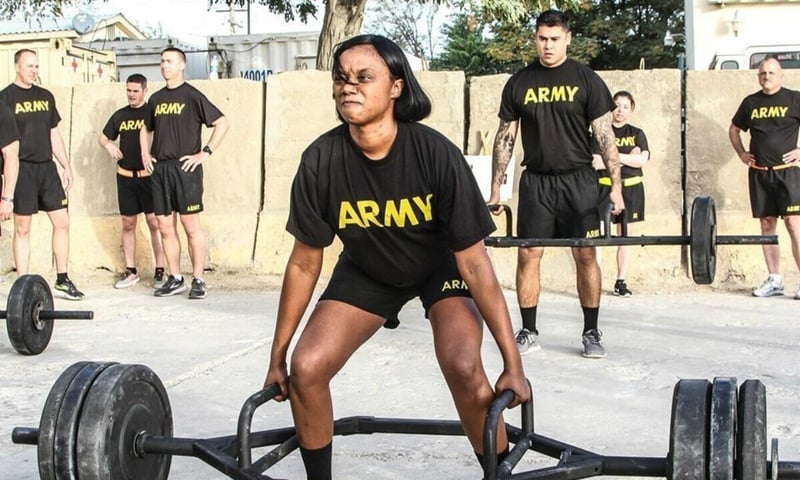
One of the more challenging parts of human performance & fitness is the assessments, specifically the time and energy required to conduct the measurement. Many performance metrics require significant time to complete the assessment, but the larger issue is actually the time required to recover from a bout requiring maximal performance and commitment. Take the 2-mile run test, a component of the new Army Combat Fitness Test (ACFT). While the time required to perform the test can be minimal (13:30 and 21 minutes provide 100 or 60 points, respectively), the demands of the event require weeks, potentially months to recover.
While you may laugh at that sort of recovery time, thinking, “I can perform a test like that easily 2-3x a week”, consider other tests that may not play to your strengths. For example, endurance athletes would find such an event easy yet would be far more challenged by assessments of strength, such as a three repetition maximum deadlift. And, when we refer to recovery, don’t be fooled by being out of breath as the challenge to your system. The body is challenged both physically and mentally in any intense, near-maximal bouts of exercise. After all, fatigue in this setting is best defined as an exercise-induced decrease in a muscle’s ability to develop force or power.
Certainly, there is a physical component (i.e., soreness) of fatigue and a largely psychological one. For example, many elite marathoners run only one or two races a year as they feel it may take at least six months for the mind to recover fully. On the other side of the spectrum, powerlifters find the same limitation for their maximal outputs in single repetition lifts.
So this scenario for recovery from maximal assessments leaves us to wait for 1-2, maybe 3-4, times a year to assess the system. Not nearly often enough to provide a guidepost of readiness, whether you’re an athlete or warfighter.
Leading KPIs can be done more frequently and ideally shed light on if you are on track to perform your best when the lagging KPI time comes. We see this leading & lagging KPI scenario and success in many areas. Marathoners run shorter distances, which are less strenuous, yet the pace of those training runs are valuable metrics to know if progress is satisfactory. Powerlifters perform higher rep counts of 3-5 or measure the velocity of the barbell to better project their one-repetition maximum ability before the competition. Businesses use potential customers (i.e., pipelines) as a leading indicator for their most important lagging KPI which is revenue. This situation does not negate the lagging KPI; rather, it accentuates its importance. Every organization and industry often have their own lagging KPI; football and 40-yard dash, the Army and the ACFT, just to reiterate a couple.
Perhaps one of the most common leading KPIs for all of us is body weight, which is a great example of qualities we should look for. Body weight can be collected QUICKLY (<5 minutes and non-strenuous to prevent extended recovery and frequency of collection), and RELIABLY (objective to ensure that the data can be trusted to take consistent action). The challenge with body weight, however, is the lack of VALIDITY. Does it really differentiate your ability to succeed at the lagging KPI?
Some of our favorite analogies come from baseball players such as CC Sabathia and Pablo Sandoval. Many lose body weight and body fat (Leading KPIs) only to decrease performance (Lagging KPI). But the challenge also exists in the military, where successful warfighters are often discriminated against because their body circumferences (waist, neck, etc.) or dimensions (weight, BMI, etc.) do not meet standards. So we have to ensure that these leading KPIs are also VALID, that they measure and hopefully predict function as it relates to the lagging KPI.
This is where Force Plate Machine Learning™ comes in. Sparta Scans can function as, and even replace, body weight as a leading KPI. The tests (a plank, balance, or a jump) certainly are all QUICK – each Scan is less than 90 seconds, and less than 5 minutes all together. They are RELIABLE by using a medical-grade sensor that collects and filters the data to find the signal over the noise. And the test is VALID by using machine learning algorithms across millions of other screens to standardize data and find the patterns that are meaningfully related to and hopefully predict the performance of the lagging KPI in question.
Choosing the lagging KPI is easy and likely already exists in every organization. So the question is, do you have a leading KPI to get there efficiently? Safer, faster, and even better than before?